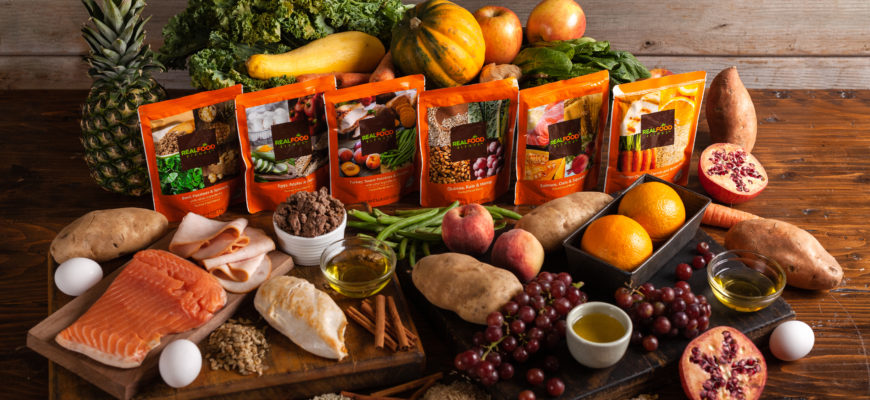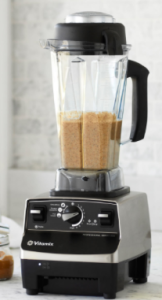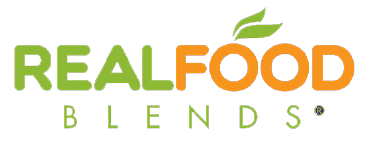Transitioning to a Blenderized Diet by Feeding Tube

Transitioning to a Blenderized Diet by Feeding Tube
This is a special guest blog post by Lara Field, MS, RD, CSP, LDN
Over the past few years, many of the patients I work with that use feeding tubes are proactively asking me about real food via feeding tube (also known as a “blenderized diet”).
As a dietitian, I am happy to see the increased interest in whole foods, and even happier that a company like Real Food Blends exists to help make real food through the tube easier. They even made a Transition Guide to help guide you through the process.
When starting a blenderized diet, here are some thoughts to consider:
- Is the person with a feeding tube a good candidate for a real food diet? In that, does the digestive system function properly? Typically, only those with G-Tubes (not J-Tubes) are good candidates for a blenderized diet, as J-tubes bypass part of the small intestine required for absorption of many vitamins and minerals.
- Does the person with a feeding tube have any food allergies or intolerances? It is important to start slow, especially with younger children. If a child has never had whole foods before, I recommend introducing one food at a time over a few days to test for any reaction, just as you would with an infant. If the person has been on a 100% formula diet for quite some time, starting slow gives the body time to adjust to whole foods. For those that have eaten orally before, I usually recommend replacing one can of formula with one blenderized meal per day to start.
- Be mindful of hydration levels. Those on a 100% formula diet don’t typically need additional water considering it’s included in the formula. However, those on a blenderized diet or those using Real Food Blends meals often require additional water for proper hydration since the meals are more dense. I recommend administering a few ounces of water 20-30 minutes before and/or after a blended meal to maintain proper hydration.
- Finally, work with your registered dietitian to manage a blenderized diet. Keep track of everything you blend or Real Food Blends meals for a few weeks and monitor weight gain / loss, tolerance to feedings, bowel habits, and frequency of urination.
This is not medical advice. Always work with your medical team before making any dietary changes, especially if you have a feeding tube.
Interested in trying Real Food Blends meals for the first time? Our Trial Pack is a great start and includes one of each of our five meals!

“Thank you for giving my son a better quality of life! He went from vomiting 5-6+ times per day on formula, to none at all on RFB! I will recommend this product to everyone I know for tube feeds!” –Alissia Williams Allen
 Lara Field is an accomplished Registered Dietitian and the founder of FEED (Forming Early Eating Decisions), a nutritional consultancy based in Chicago. Mrs. Field is an advisor to Real Food Blends and has extensive clinic and internship experience at top ranked institutions including Lurie Children’s Hospital, University of Chicago Comer Children’s Hospital, Rush University Medical Center and Johns Hopkins.
Lara Field is an accomplished Registered Dietitian and the founder of FEED (Forming Early Eating Decisions), a nutritional consultancy based in Chicago. Mrs. Field is an advisor to Real Food Blends and has extensive clinic and internship experience at top ranked institutions including Lurie Children’s Hospital, University of Chicago Comer Children’s Hospital, Rush University Medical Center and Johns Hopkins.






